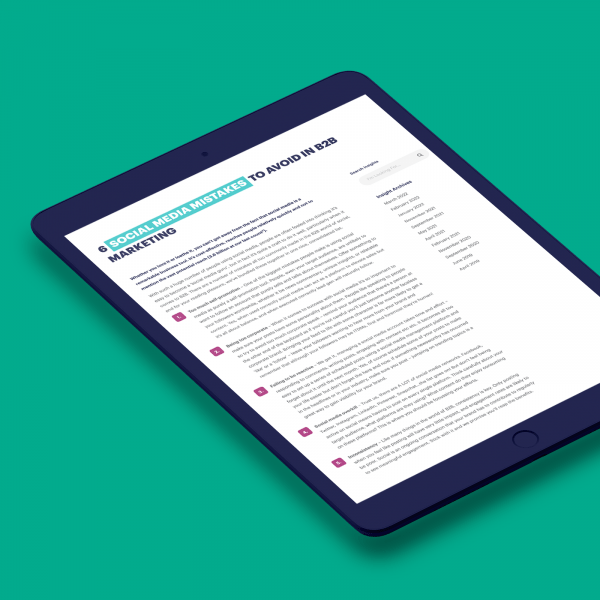As a proud supporter and attendee at the Race to Tech Summit, hosted by the Technology Community for Racial Equality (TC4RE), I was moved by the sense of hope and collective responsibility to drive meaningful change. It was a privilege to stand alongside tech professionals and leaders, united in the mission to create a more inclusive and equitable industry.
Opening with Purpose
The event began with a warm welcome from our CEO, Julie Simpson of ResourceiT, a founding member of TC4RE. Her words served as a powerful reminder that our work is far from over. The goal? To open doors wider, to ensure that individuals of colour are not just included in the conversation but are actively encouraged to join our tech cohorts. This is a movement we must keep at the forefront — transforming our industry from within.
A Call to Shift Perception
Sir Trevor Phillips, a name synonymous with advocating for equality, took to the stage to deliver a keynote that hit home. He shared a striking story of Josephine, a skilled programmer who faced a lack of interest in her job applications, until she shortened her name to “Phin.” This small change made her invisible talent suddenly visible to recruiters. The tale was a gentle yet powerful reminder that bias, often unconscious, can obscure the very talent we claim to be searching for, particularly in times of skill shortages. Sir Trevor urged us all to resist cookie-cutter approaches to recruiting and to broaden our lens when it comes to identifying and nurturing talent.
Seeing the World Differently — A Lesson in Innovation
In another eye-opening story, Sir Trevor revisited the early days of YouTube. Programmers noticed that 1 in 10 videos were inexplicably appearing upside down. After much troubleshooting, they discovered the issue: left-handed users were holding their cameras differently, yet not one of the programmers was left-handed. This story struck a chord with me. It’s a perfect example of how a lack of diversity can create blind spots in product design— and how expanding our perspectives can drive innovation. I was reminded of the origins of text messaging, which was originally designed to help the deaf community communicate. Now, it’s a tool so ubiquitous in business and personal communication that it’s hard to imagine life without it.
The True Meaning of Diversity and Inclusion
What resonated most deeply with me was Sir Trevor’s poetic differentiation between diversity and inclusion. He likened an organisation to a party: “Diversity is being invited to the party, but inclusion is the music that’s played.” This brilliant analogy, mentioned in a great blog by Jacky Wright, a UK civil servant, captures the essence of why DEI efforts must go beyond token gestures. It’s not enough to invite people to the table; we must also empower them to contribute, to be heard, and to feel that they truly belong.
Jacky Wright’s words from her own 2018 blog echo this sentiment: “Inclusion is every voice being heard. It is being able to bring your whole self to work and be authentic. It is an environment where challenge is welcome, and everyone feels empowered and respected, no matter what level you are.”
These thoughts sparked a sense of reflection for me, as I considered the sense of belonging I feel at ResourceiT. It’s not just about the pay check; it’s about having a sense of purpose that runs deeper. When people feel like they belong, it shows—in fact, Harvard Business Review found that a strong sense of belonging can boost employee performance by 56% .
The Business Case for Inclusion
This idea of belonging ties directly into Sir Trevor’s point about how DEI initiatives must work for the business, not as mere HR exercises but as essential drivers of success. I found myself turning to research to further explore this idea. McKinsey’s data reveals that greater diversity—especially gender diversity in senior leadership—correlates with improved financial performance. For every 10% increase in gender diversity, EBIT rose by 3.5% . Furthermore, companies that are not racially or ethnically diverse are statistically less likely to outperform their peers.
Innovation Demands Inclusion
Sir Trevor closed his keynote with a statement that felt like a mic-drop moment: “Prosperity doesn’t happen without innovation.” And innovation, in turn, doesn’t happen without inclusion. It’s time for tech leaders to realise that innovating products alone isn’t enough —we must also innovate the way we approach diversity and inclusion.
So, tech leaders: it’s time to innovate the hell out of inclusion. Let’s make sure everyone at the party is not just invited, not just contributing to the playlist but actively encouraged to bring their whole selves and dance*.
*Perhaps a too literal personal example, yet too full of joy to not share, is of my friendship with Emeke. At our 2022 Christmas party, where Emeke was only one month in to role, we vibed over music, dance and our shared boundless positive energy. He introduced the team to ‘The Bernie’ dance, which quickly became a crowd favourite, while I energetically shared my love for “Mr. Brightside” by The Killers, showcasing my exuberant dance moves. Although Emeke hasn’t fully embraced my dance style yet, he has certainly become a fan of the song!”
Show your love on LinkedIn by following the TC4RE page, and visit the TC4RE website to register your interest in volunteering or joining the movement. Let’s take the leap together toward a more inclusive tech industry.





